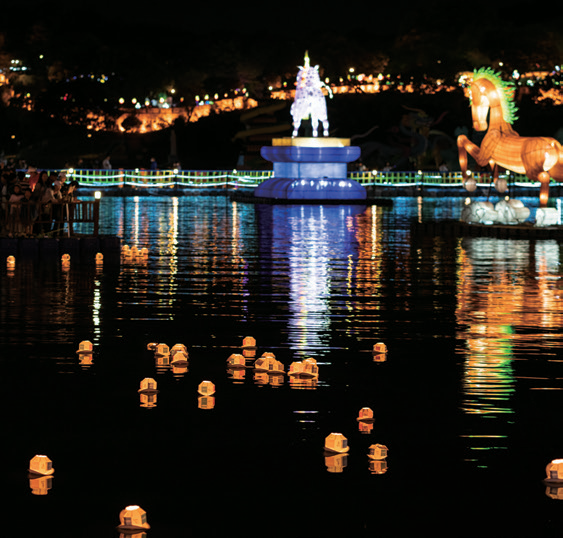
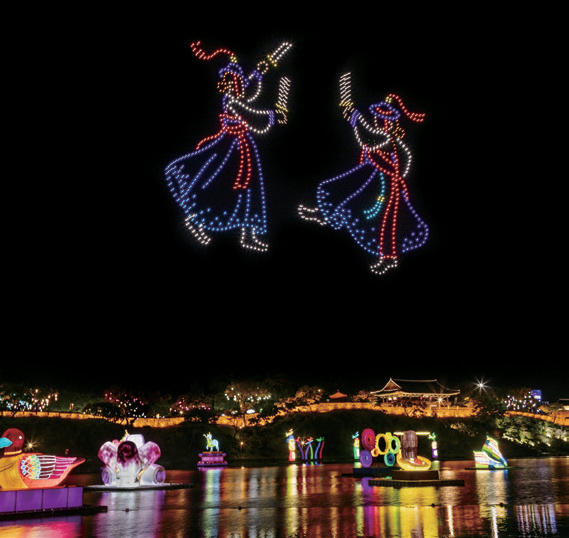
When night falls in October, a spectacle of lights unfolds along Jinju Fortress and Namgang River in Jinju. The Jinju Namgang Yudeung Festival is an event in which Yudeungs are floated on the river, which originated during the Imjin War. The festival’s opening ceremony begins with a traditional ritual honoring the patriotic martyrs, followed by a street parade carrying symbolic Yudeungs from Jinju’s towns and neighborhoods. It concludes with the Chohon Jeomdeung, lighting all the Yudeungs displayed at the festival. Afterward, a variety of programs follow, including river fireworks, a drone light show, and themed Yudeung exhibitions, as well as crossing pontoon bridges, hanging wish Yudeungs, and busking performances. There is something to enjoy at any time during the festival. Visitors can create a personal memory by floating their own Yudeungs on the river. If you visit after 6:00 p.m., when the lighting begins, you can see the flickering lights on the dark water surface. Joining your hands in prayer for a smooth ending to the year and a happy start to the next will make for a perfectly fulfilling autumn evening.
- T Oct. 4–19
- A 626 Namgang-ro, Jinju, Gyeongsangnam-do
- F Free
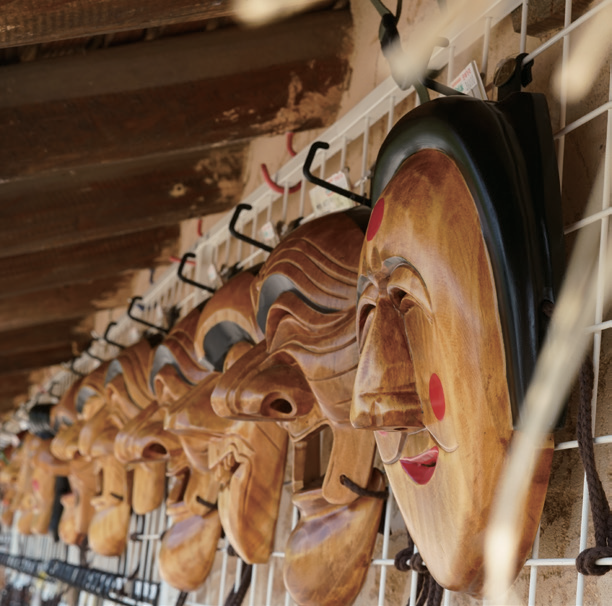
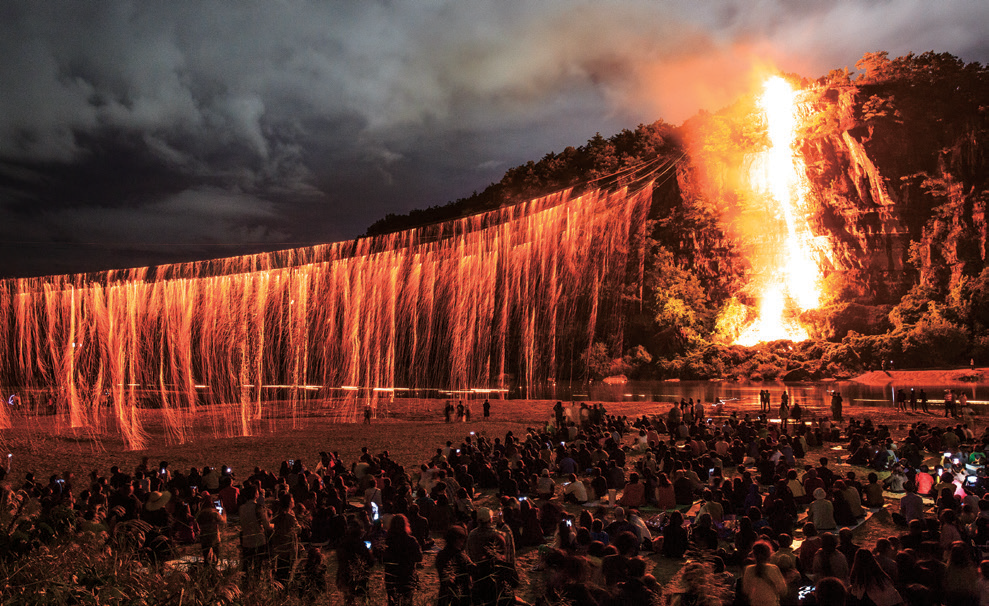
This festival, held only in summer and autumn, takes place twice a month on Saturdays. Paper pouches filled with charcoal are attached to ropes, set alight, and released, creating cascading fire displays that produce a surreal, otherworldly beauty. In addition to Julbulnori—the traditional torch-lighting event inherited from scholars’ boating festivities—various other events take place. Visitors can enjoy Dalgyalbul (egg-lights), made by placing oil and a wick inside an eggshell and floating it on the water; Nakhwa, where flaming bundles of pine needles are dropped from Buyongdae Cliff; and performances of songs and instrumental music on boats, all of which fill the festival with great delight. Participatory programs such as making wish-charcoal pouches, attaching wish-ribbons, and writing wishes on egg-lights are held from 1 p.m. to 4 p.m. Right before the main event, visitors can also enjoy a master’s jangseung (totem pole) carving performance and the Hahoe Byeolsingut Talnori (mask dance drama), leaving no time for boredom while waiting.
- T Jun. 14–Nov. 8 (Saturdays)
- A 186 Jeonseo-ro, Pungcheon-myeon, Andong, Gyeongsangbuk-do
- F KRW 10,000 (prior reservation required)
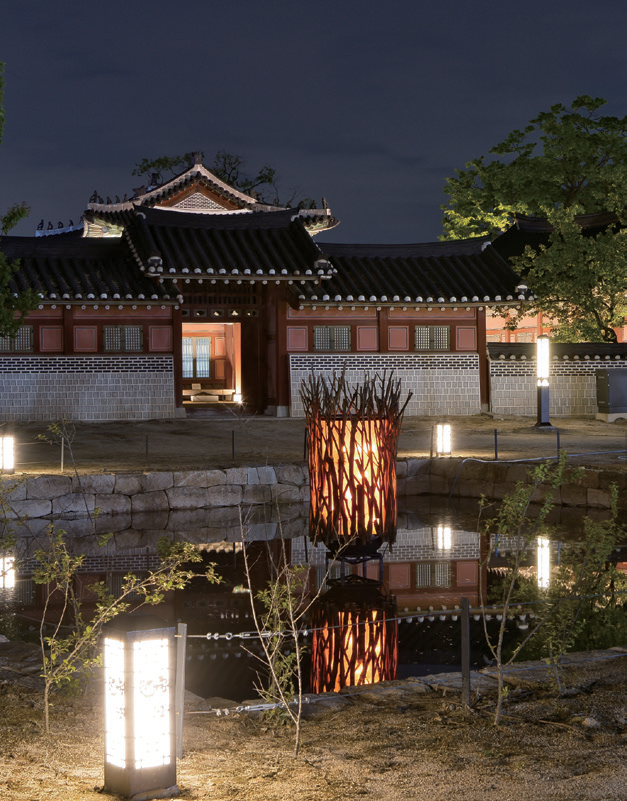
Designated as a UNESCO World Cultural Heritage site in 1997, Suwon Hwaseong Fortress is a traditional architectural treasure that has long been cherished. While its grandeur in the daytime and the sweeping green fields are remarkable, the true essence of Suwon Hwaseong reveals itself when the mysterious charm of the night meets the ancient palace. It was even said to have served as the “secondary palace” of Gyeongbokgung; as such, Suwon Hwaseong Haenggung boasts of a larger and more magnificent scale than any other temporary palace. Visitors may enjoy touring the four gate pavilions—Changnyongmun, Hwaseomun, Paldalmun, and Janganmun—or choose to experience the diverse programs of Dalbit Hwadam (Moonlit Conversations), offering equally excellent experiences.
The six themed programs include: “Invitation of Moonlight” at Sinpungnu, the main gate where visitors can bask in the moonlight illuminating the palace; “Dalbit Maru,” a media art exhibition; “Nori Madang,” where you can experience traditional games; “Kkotbit Hwa-won,” a photo zone created with various installations and lighting; “Garden Stroll,” where visitors can take a walk while enjoying the night view; and “Taepyeongseongdae,” a royal dessert experience inspired by Lady Hyegyeong, mother of King Jeongjo. In particular, this year’s newly introduced royal dessert experience takes place at Byeolju, where Lady Hyegyeong herself once prepared royal banquet dishes. Visitors can taste traditional court desserts while enjoying a small concert, making it one of the most popular programs.
Designated as a UNESCO World Cultural Heritage site in 1997, Suwon Hwaseong Fortress is a traditional architectural treasure that has long been cherished. While its grandeur in the daytime and the sweeping green fields are remarkable, the true essence of Suwon Hwaseong reveals itself when the mysterious charm of the night meets the ancient palace. It was even said to have served as the “secondary palace” of Gyeongbokgung; as such, Suwon Hwaseong Haenggung boasts of a larger and more magnificent scale than any other temporary palace. Visitors may enjoy touring the four gate pavilions—Changnyongmun, Hwaseomun, Paldalmun, and Janganmun—or choose to experience the diverse programs of Dalbit Hwadam (Moonlit Conversations), offering equally excellent experiences.
The six themed programs include: “Invitation of Moonlight” at Sinpungnu, the main gate where visitors can bask in the moonlight illuminating the palace; “Dalbit Maru,” a media art exhibition; “Nori Madang,” where you can experience traditional games; “Kkotbit Hwa-won,” a photo zone created with various installations and lighting; “Garden Stroll,” where visitors can take a walk while enjoying the night view; and “Taepyeongseongdae,” a royal dessert experience inspired by Lady Hyegyeong, mother of King Jeongjo. In particular, this year’s newly introduced royal dessert experience takes place at Byeolju, where Lady Hyegyeong herself once prepared royal banquet dishes. Visitors can taste traditional court desserts while enjoying a small concert, making it one of the most popular programs.

- T May 3–Nov. 2, Fridays–Sundays
- A 825 Jeongjo-ro, Paldal-gu, Suwon, Gyeonggi-do
- F KRW 2,000 (excluding the royal tea experience)
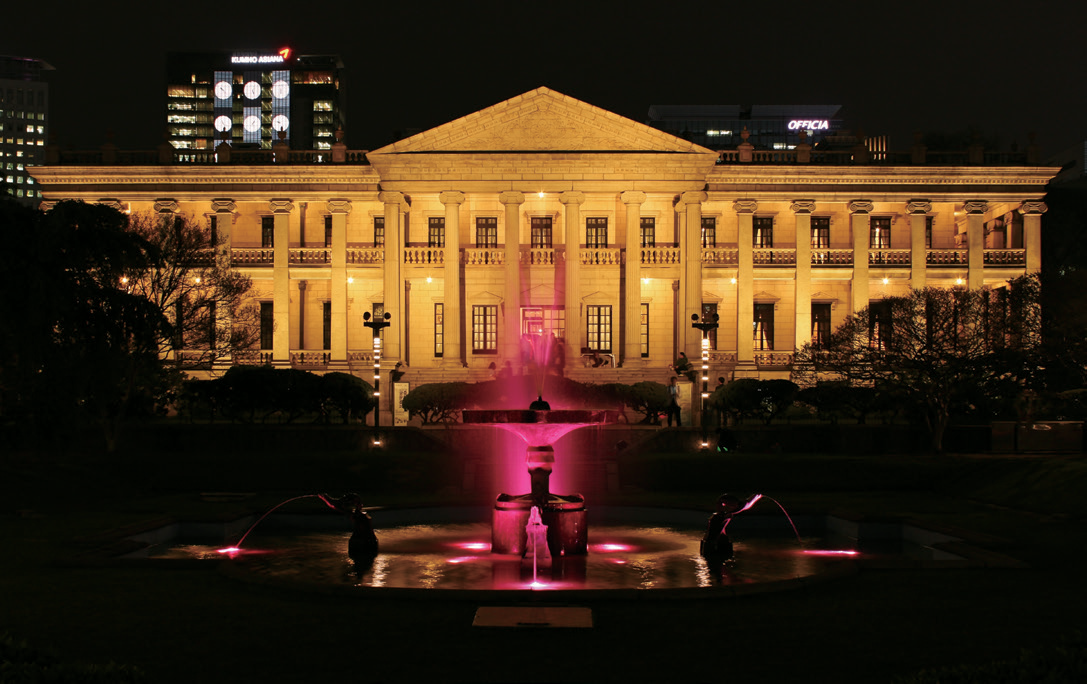
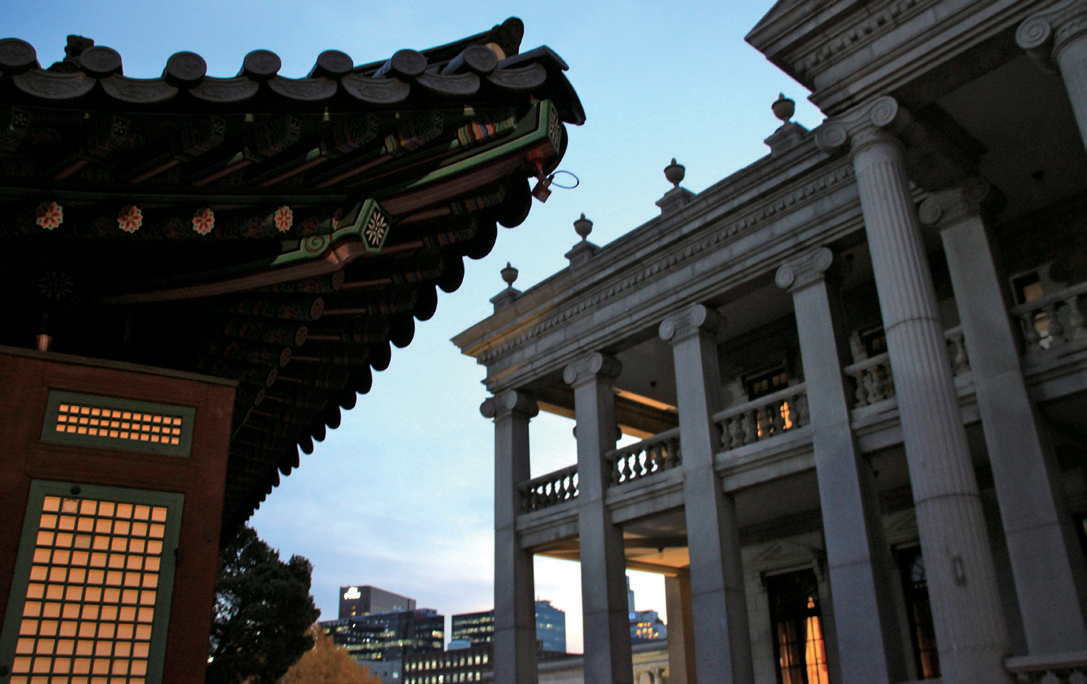
The Deoksugung walking path extends from Hamnyeongjeon to Seokeodang and Junghwajeon. At the end of this tranquil path, Seokjojeon glows softly in the evening under gentle lighting. The program Seokjojeon at Night in Deoksugung Palace—led by expert guides who provide detailed explanations of the palace’s history and architecture—allows visitors to experience firsthand the spaces used by members of the Korean Empire’s royal family, including King Gojong’s bedroom and the queen’s living and sleeping quarters, thus bringing the history learned from books vividly to life.
Afterward, visitors can sit on the terrace cafe on the second floor to enjoy classical music performances and savor desserts along with gabe (coffee) once enjoyed by King Gojong. Attendees then move to the audience hall to watch a musical depicting the story of the Korean Empire’s royal family in 1910 including King Gojong, King Sunjong, and Empress Sunjeonghyo. Watching the musical is especially moving, likely because attendees have just seen the actual spaces where these historical figures lived. Seokjojeon at Night has been held semiannually since 2023, and prior reservations are required.
- T Sept. 10–26
- A 99 Sejong-daero, Jung-gu, Seoul
- F KRW 26,000 (prior booking required)

 View previous
View previous 이전호 보기
이전호 보기